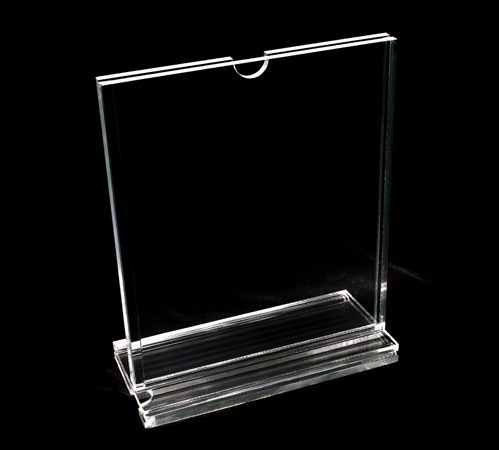Why even decide to fabricate plastic materials? To begin with, plastic production generally has the benefit of having considerably fast completion times, and unlike the majority of materials there is also the choice of colouring plastic before production, as opposed to after. It’ s significant malleability is the reason why it has a relatively low melting temperature, and it’s also far more light and portable compared to numerous other materials – these two aspects simplify the production operation. In addition, plastic materials are fairly inert and thus have higher chemical resistance. In spite of all of these positives, plastic is nonetheless unsuitable for applications that necessitate a very high structural integrity, and is also extremely at risk from damage in the long-term.
CNC Machining
CNC machining is a computer controlled subtractive procedure, that eliminates material from plastic as a way to produce the required form. The computer is high-tech, with the capability to change a design into figures using a computer aided design software system. The numbers are then able to control the equipment to cut the desired form. To operate, the pieces of equipment require an intermediate step in the development and validation of tool paths. As soon as the machine is provided with the tool paths, the subtractive process is started. Once the assembly is complete, the component part is washed, smoothed, and cut. There are a few acrylic display design development online pages in great Britain, if you’re looking for more information or maybe costs this web site is the best place to start acrylic products manufacturing. In case you’re looking for additional information with regards to perspex fabrication Uk this specific web site perspex machining Uk features a whole lot more content pages with regards to perspex companies Uk. If you’re looking for more tips on the topic of machining acrylic plastic this page www.displaydevelopments.co.uk has countless more posts referring to plastic heat moulding.
For low volume plastic component applications that require tight tolerances and forms which are tough to shape, machining is perfect. CNC machining boasts low to medium initial expenses, and can produce premium quality plastic pieces with limited finishing times. Yet, with increased product complexity, the price per element climbs up. In addition, this process requires tool access allowances, and specific designs, for instance those with curved inner channels, are near-impossible to make using CNC manufacturing.
Overview Of Vacuum Formation
Vacuum formation is a process through which plastic is warmed and moulded, typically using a mould. The size and intricacy of vacuum-forming machines range from affordable desktop technology to innovative production equipment.
It is often suitable for any task, ranging from custom-made designs to large-scale manufacturing, considering the large array of machinery available and that automation is an option when necessary. However, there’s little flexibility in the different types of design it can produce, and is unfortunately exclusively able to create parts with basic geometries. In comparison with various other techniques, tooling prices are minimal, simply because vacuum formation only requires low forces and pressures. Commonly, for modest production sizes the moulds are made of Three-dimensional printed resin, or possibly plaster, and for higher manufacturing sizes stronger equipment made from metal is used.
The manufacturing process commences with a sheet of plastic getting clamped and heated up so that the plastic becomes mouldable. The plastic is then placed into the mould and cooled off, and often fans and other chilling methods are used in an effort to accelerate the cooling process. The ultimate stage entails any excess plastic being taken off.

